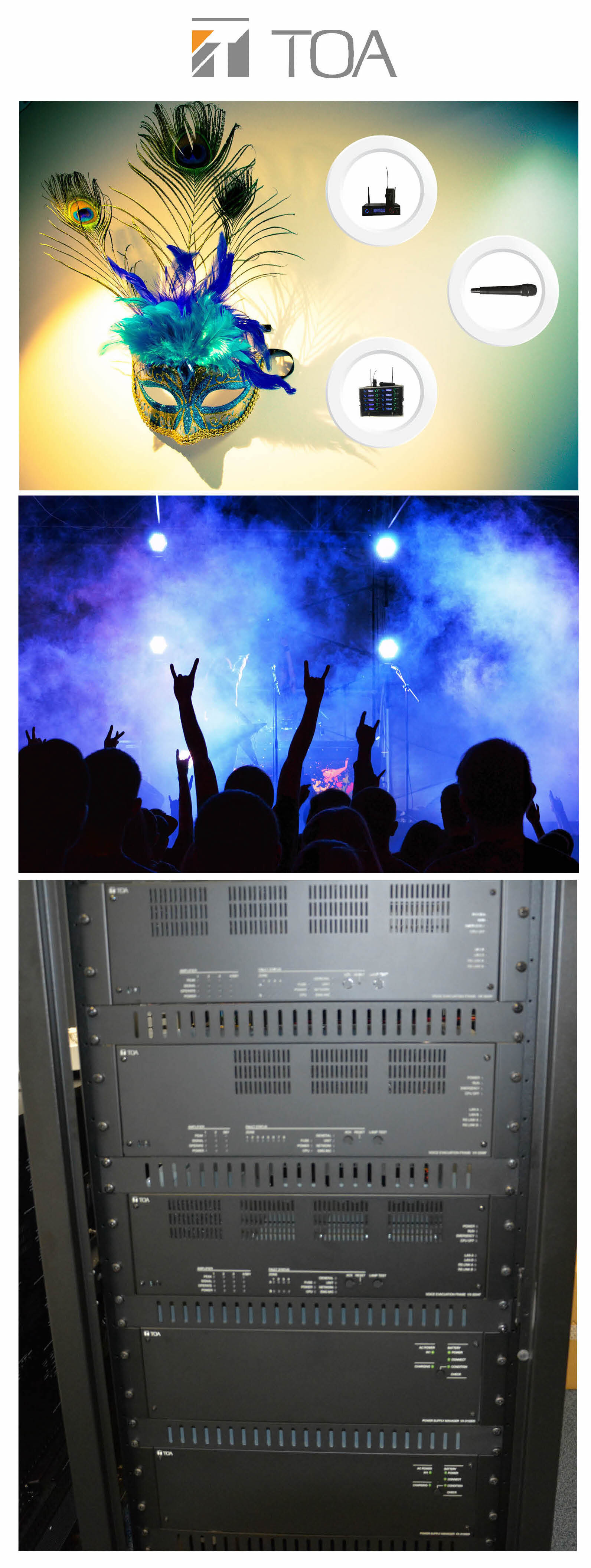Theatres - Planned Maintenance

Traditionally the summer is a quieter time for theatres and gives them the opportunity to go ‘dark’. The term ‘dark’ has been used for many years in theatreland – theatres have many interesting terms that are unique to this industry - but ‘dark’ quite simply means turning the lights off and being closed to audience members for a period of time. This is opposed to “going dark” which is the call that goes out so that actors know that the lights will go out during a tech/dress rehearsal whilst technicians adjust such things as spotlights.
‘Dark’ is surprisingly very busy for the technical/maintenance/health & safety team – although from experience everyone gets involved in maintenance month as venues often have one team covering a multitude of roles – so all hands-on deck or really stage is common.
Planned maintenance schedules are vital. As well as putting on performances the team must maintain and upgrade equipment, carry out safety testing and ensure everything from fire extinguishers to air conditioning systems meet the required standards.
Yes, theatre teams put on shows, but they are also responsible for running and maintaining the whole building. As a venue serving members of the public, everything must be tested and reported on a regularly basis to ensure Health & Safety compliance.
From testing the water for legionella’s disease, ensuring that outlets meet food safety standards to allowing time for technical equipment to be PAT (Portable Appliance Testing) tested this ’dark’ period is an essential part of theatre life. As an aside (another theatre term) I think it's fair to say one of the favourite tech team testing jobs is when new flavours of ice cream come out – perks after all.
Back to the serious technical stuff. Unlike an office, PAT testing sound and lighting equipment in a venue is quite a challenge. It is easier to de-rig and re-rig the venue, terminology for bringing the lighting bars and any mounted speakers down to test, clean or replace than to trying to work at height – far less time consuming especially in older venues where you might have a manual winching system and it’s a very dusty job. Theatres come in all shapes and sizes, but an average visible stage height is approx. 18ft. The height of the stage is double what the audience sees with the same non-visible space above the proscenium arch - a combined height of nearly 40ft. Trying to reach rigs by ladder even with a specialist Tallescope when carrying out a complete tech check is not very practicable.
So why is testing and maintenance so important. Quite basically in this period theatres need to be able to pre-empt any issues they have with equipment and either repair or replace. Technicians want to be sure they can provide sound and lighting to productions throughout peak performance periods. No one wants their sound to go down during a show. Of course, incidents do happen, but we hope that a robust pre-season maintenance plan would ensure that this is limited to ensure smooth operation.
At TOA UK our in-house technical support team work very closely with our clients to design the best solutions for these unique spaces. From custom designed public address and voice alarm (which can include show relay) to professional performance transmitters and receivers, TOA and our Trantec brand provide many solutions for venues. With our added tech support, we can provide everything from system design to commissioning and once installed, we work with our clients with follow up support to keep systems operational.
At the end of the day what theatre teams want is the uncomplicated running of performances with a happy cast/production team and most importantly a happy audience without whom we wouldn’t have a venue in the first place
For planning advice from our technical team email technical(a)toa.co.uk
To download a copy of this article click HERE